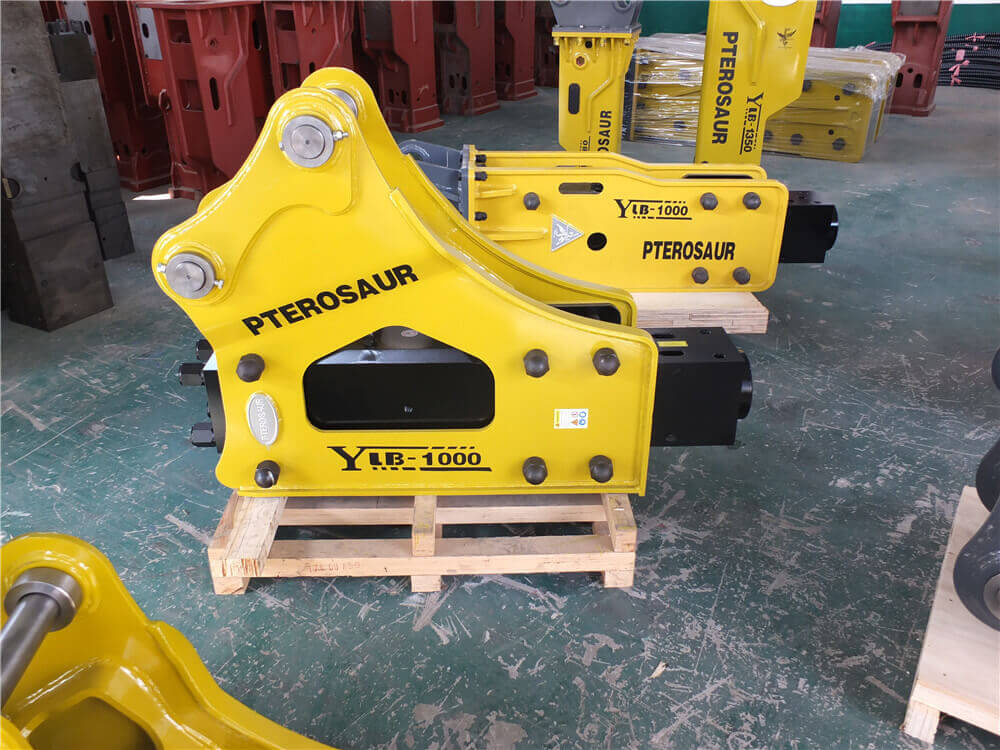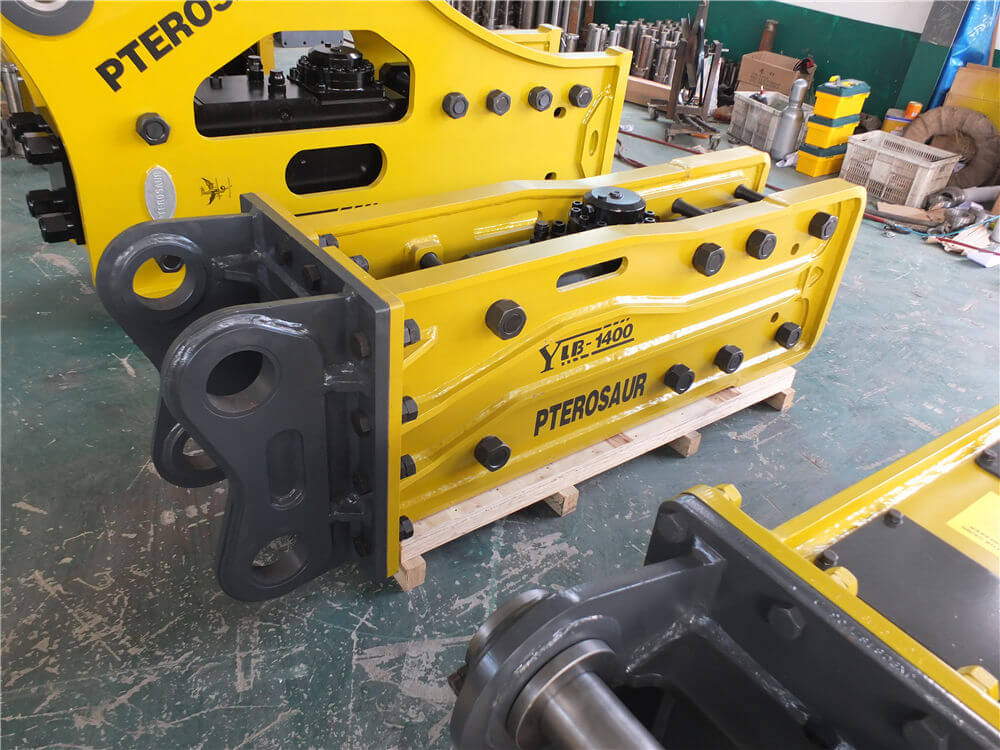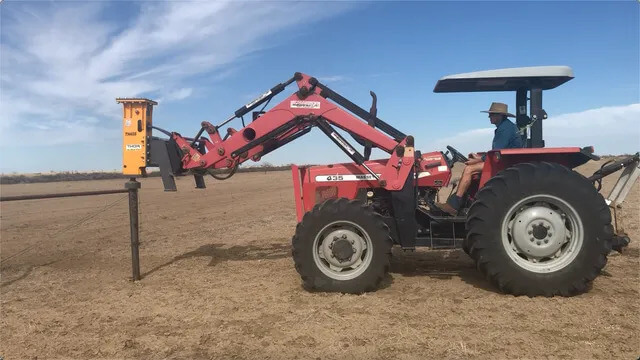The Comprehensive Guide to Hydraulic Breaker Hammers
Hydraulic breaker hammers are powerful tools used in construction and demolition to break up concrete, rocks, and other hard materials. Known for their efficiency and effectiveness, these hammers come in various sizes and types, making them suitable for a wide range of applications. This article explores the essential components, types, and suppliers of hydraulic breakers, as well as tips on selecting the right one for your needs.
Understanding Hydraulic Breaker Hammers
Hydraulic hammers, also known as hydraulic breakers, operate by transferring hydraulic energy into a striking force. They are typically mounted on excavators, backhoes, or other heavy machinery, allowing operators to efficiently break through challenging materials. The anatomy of a hydraulic hammer includes several key components:
- Housing: The outer shell that protects the internal mechanisms.
- Piston: The component that delivers the impact force to the material.
- Chisel/Tool Bit: The replaceable part that contacts the material being broken.
- Hydraulic System: The system that powers the hammer, utilizing fluid pressure to generate movement.
Types of Hydraulic Breaker Hammers
Hydraulic breakers come in various types, designed for different applications:
- Mini Excavator Breakers: Ideal for smaller jobs and compact machinery.
- Standard Breakers: Suitable for general-purpose demolition and construction.
- Heavy-Duty Breakers: Designed for large-scale quarry applications and heavy demolition tasks.
Popular Models and Manufacturers
Several manufacturers offer a range of hydraulic breakers. Some notable names include:
- Gorilla Hammers: Based in the USA, they provide a wide selection of hydraulic breakers and tool bits, catering to both sales and rentals.
- Epiroc: Known for their innovative designs, Epiroc’s hydraulic breakers have been a staple in the industry since the first serial manufactured rock breaker was introduced in 1967.
- STANLEY: With models like the DH3500, STANLEY offers robust options for various carrier weights and impact classes.
- ATLAS COPCO: Their range includes models suitable for mid to large-sized excavators, perfect for demanding demolition tasks.
Selecting the Right Hydraulic Breaker Hammer
Choosing the right hydraulic breaker hammer depends on several factors:
- Machine Compatibility: Ensure the breaker is compatible with your excavator or carrier.
- Impact Class: Select a hammer with the appropriate impact class for your specific application. For instance, light-duty jobs may require a hammer with lower impact force, while heavy-duty tasks necessitate a more powerful option.
- Weight Rating: Ensure that the hammer’s weight is suitable for your machine to optimize performance and safety.
- Application Type: Identify the primary use—whether for demolition, construction, or landscaping—to choose a hammer designed for that purpose.
Where to Buy Hydraulic Breaker Hammers
There are multiple platforms and suppliers where you can purchase hydraulic breaker hammers:
- Online Retailers: Websites like eBay and MachineryTrader.com offer a variety of new and used hydraulic hammers, allowing buyers to compare prices and specifications easily.
- Specialized Suppliers: Companies like Gorilla Hammers and Sisco Equipment specialize in hydraulic hammers and can provide expert advice and support.
- Local Dealers: Visiting local construction equipment dealers can provide hands-on experience with the equipment and immediate access to service and parts.
Conclusion
Hydraulic breaker hammers are essential tools in the construction and demolition sectors, offering efficiency and power for a variety of tasks. By understanding their components, types, and the factors involved in choosing the right model, operators can make informed decisions that enhance productivity and safety on the job site. Whether you opt for a mini excavator breaker or a heavy-duty option, the right hydraulic hammer can significantly impact your project’s success.




































